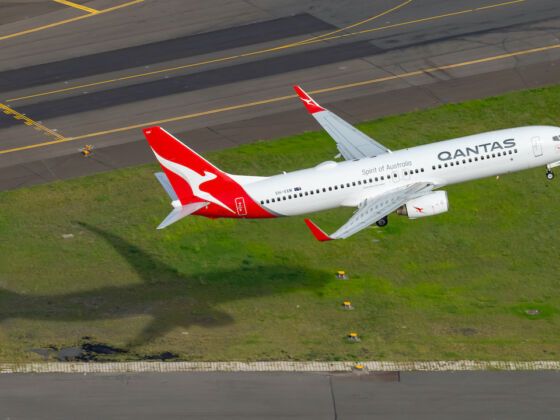As lockdowns persist and some travelers find themselves with nowhere to travel, they’ve opted to flip that on its head and travel to nowhere.
That’s right. In the middle of a pandemic, people are getting on planes filled to near- or full-capacity, fastening their seat belts, and taking off. They’re lunching on meals and drinks that are, in most cases, regular airline fare, and landing — anywhere from 90 minutes to a half-day later — in the same airport where they took off.

